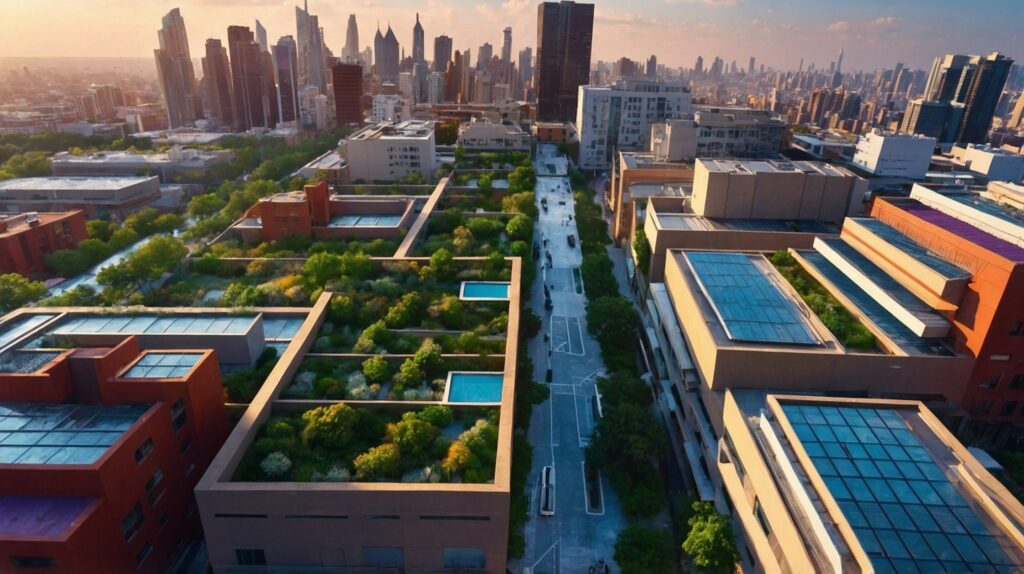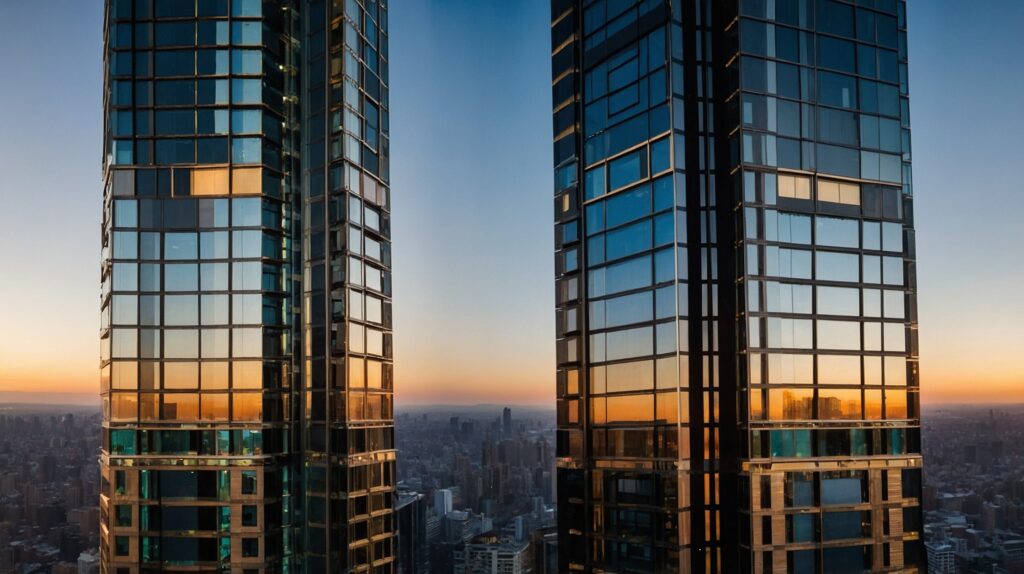
Cities everywhere are in the midst of battling creative strategies more and more to keep citizens cool and comfortable amidst rising global temperatures. The urban heat island effect, along with human-made climate change, has boosted the severity and frequency of heatwaves. These high temperatures not only affect living quality but also result in serious health concerns.
Fortunately, an increasing amount of researchers and engineers develop game-changing technologies to help cool cities. Let’s look at some of the most promising recent innovations that might radically alter the ways we cool our cities.
Supercool Materials: Passive Cooling Without Power
Some of the hottest developing technologies in the field of cooling cities have to do with the development of materials said to be “supercool.” These really advanced types of matter have the astonishing capability of keeping temperatures lower than that of their surroundings without consuming as much as a single watt of electricity.
How do they work? The supercool materials are designed in a way that they can reflect a huge percentage of the incoming sunlight back into the air while releasing a large quantity of their thermal energy. Combination of these allows them to be cooler than the surrounding air.
Applications of supercooling materials could be immense, from rooftop to facade, even pavement in cities to mitigate the urban heat island effect. Imagine walking down the street cooling the air around you!
Smart Air Conditioning: When Efficiency Meets Innovation
Air conditioning has long been part of urban cooling, but this is an energy-intensive affair that generally relies on environmentally harmful refrigerants. Luckily, a new generation of air conditioners is in the making.

In air conditioning, experiments deal with systems working in quite revolutionary ways, using different cooling methods, such as electrocaloric materials. This kind of air conditioning should be far more energetic and “green” compared to ones developed up to now.
Variable Building Materials: Shape-Shifting for Temperature Control
A more fanciful direction of research lies in materials whose properties shift with a rise or fall in temperature. Such “phase-change” materials can be used in windows or building coats to control heat flow dynamically.
It might be, for example, a window coating that turns more reflective during hot weather and admits more heat during cool periods. This type of adaptability can greatly reduce energy needs for heating and cooling buildings.
Cool Pavements: Rethinking Urban Surfaces
Large stretches of black asphalt contribute to urban heat in cities. In counterbalance, researchers are working on “cool pavements,” surface treatments that reflect more sunlight and absorb less heat than their conventional counterparts.

Initial tests of those cool pavements are very promising, with surface temperatures standing a few degrees below those from conventional pavements. There are, however, still some challenges that need to be surmounted regarding those cool pavements, including increased glare on pedestrians. Cool pavements can no doubt be an essential part of integrated urban cooling strategies.
Looking Ahead End
For this reason, we are going to start seeing a variety of different ways in which cities cool their temperatures into the future. This likely includes supercool roofing materials combined with adaptive building facades, cool pavements, and next-generation air conditioning as a means of creating comfort in cities while pulling less energy.
Most of these are, however, still at the research or pilot implementation stage. The actual performance and disadvantages, if any, will have to be carefully assessed in due course of their implementation.
While that might sound ominous, the prospects for urban cooling look brilliant. The ongoing studies and investments in these novel technologies offer a peek into how our cityscape could get cooler and more livable in an ever-warming world.
What do you think about these various cooling technologies? Which one do you think will be most disruptive to our cityscapes? Share with us in the comments below!
